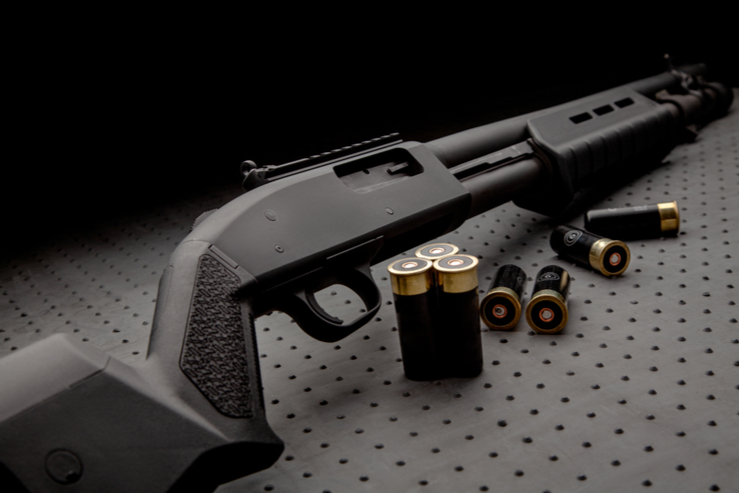The U.S. Navy is putting more power behind its offensive punch with a strategy called “distributed lethality.”
“Potential adversaries, particularly in the Pacific region, have invested in weapons designed to keep naval and U.S. Air Force assets from operating freely,” said Tom Copeman, a retired three-star admiral who commanded the Navy’s surface ships and is now a Raytheon vice president. “Distributed lethality will help us reverse that.”
The Navy defines distributed lethality as the capability to strike from any ship and from any place in the world. Offensive weapons on U.S. ships complicate an enemy’s ability to attack.
Raytheon is well-positioned to help the Navy put this strategy to work. It already provides a wide range of products such as the Cooperative Engagement Capability integrated information-sharing system, the Phalanx close-in missile defense system, the guided RAM missile, the defensive ESSM guided missile, and SM-2, SM-3 and SM-6 missiles for the U.S. Navy and navies around the globe. These weapons can be adapted to meet various threats.
“Raytheon is on board every U.S. Navy ship that floats today and the majority of our allies’ ships, so we have a thorough understanding of the threats, weapons systems, integration and con-ops that are needed to add punch and power to the total fleet,” said Ron Jenkins, a retired U.S. Navy guided missile frigate and AEGIS guided missile cruiser captain and a Raytheon director.
One powerful weapon is the SM-6 missile, which demonstrated a new anti-surface capability earlier this year, proving effective against targets on the ocean’s surface and enhancing the Navy’s ability to strike from any ship and any location. The multi-mission SM-6 missile has executed distance-breaking missions, confirming that it can destroy short-range ballistic missile targets at sea in their final seconds of flight. It can also protect against airborne threats such as helicopters and cruise missiles.
While offensive power is vital, so too is a strong defense. “Unless the Navy also significantly increases the defensive capacity of surface combatants, they will have to retreat from the conflict area once the shooting starts, said Bryan Clark, a military and naval analyst with the Center for Strategic and Budgetary Assessments.
Raytheon is teaming with the U.S. Navy to install SeaRAM anti-ship missile defense systems on four guided missile destroyers stationed in Rota, Spain. The installation is a rapid response to protect naval ships deployed in Europe.
The company’s extensive experience and expertise in surface weapons systems also offers the Navy a reliable, affordable at-sea offensive capability.
“Upgrading existing systems is the logical, economical, but effective bridge to where we ultimately need to go — high-speed weapons,” said Rick Hunt, a Raytheon vice president and a retired Navy admiral.
After the systems are updated, they’ll need to be integrated. Much of the weapons integration, including the Tomahawk missile, is already in place with current configurations. The Naval Strike Missile can be immediately added as a standalone capability and readily integrated into the combat management system.
Raytheon has teamed with Norway’s Kongsberg Defence Systems on the NSM missile. The U.S. Navy successfully performed a live-fire demonstration of the missile from a littoral combat ship in 2014, scoring a direct hit on a mobile ship target.
At the Surface Navy Association annual symposium, Rear Adm. Peter Fanta, director of surface warfare on the Navy Staff, told attendees distributed lethality means everything will be armed.
“If it floats, it fights,” said Fanta. “That’s distributed lethality: Make every cruiser, destroyer, amphib (amphibious ship), Littoral Combat Ship, a thorn in somebody else’s side.”
Source: Raytheon



